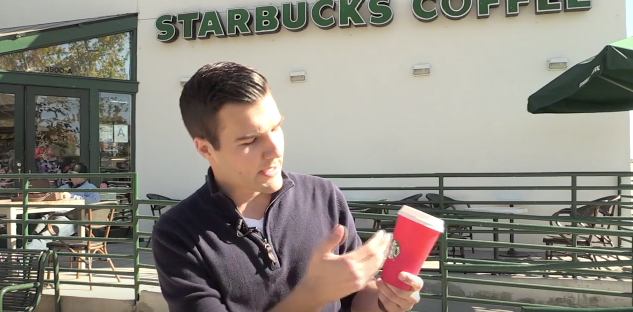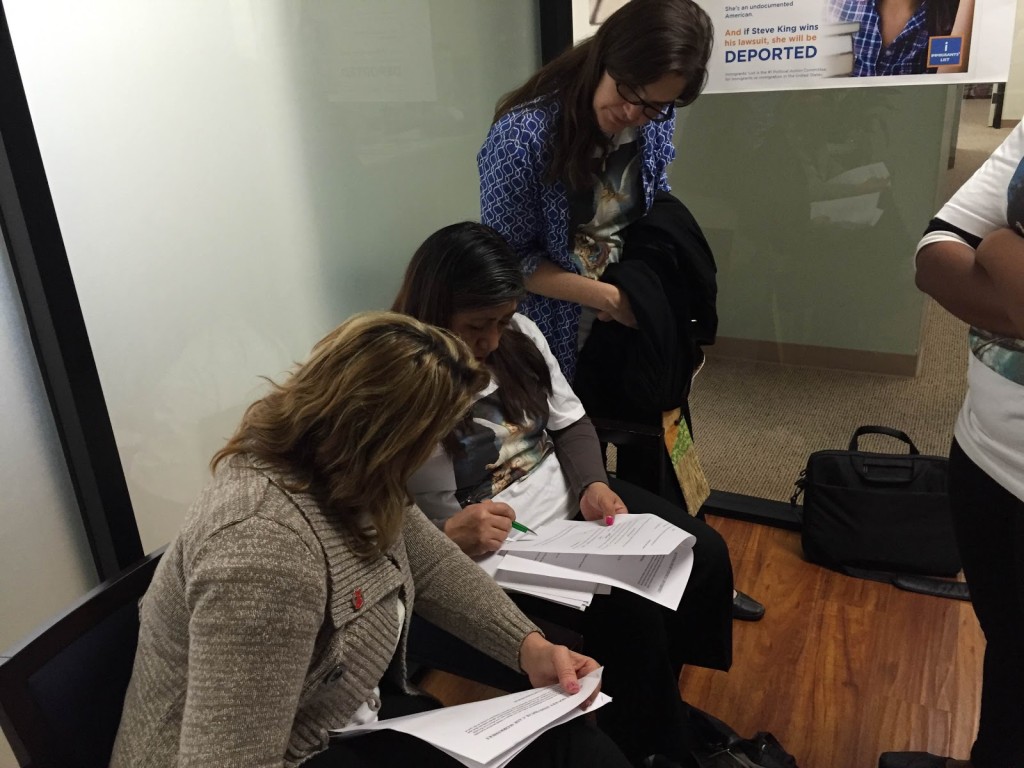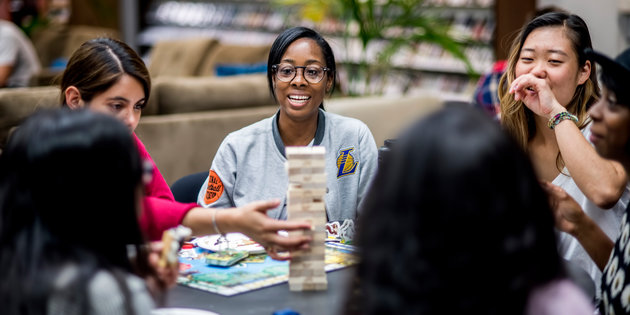The incorporation of online learning into education may continue long after the end of COVID-19.
Although the forced switch to remote learning has been less than ideal, professors and students alike have discovered benefits that they want to keep.
“I assume a greater number of people will choose to utilize the online sources that they have used during this time and try to incorporate that into their in-person teaching so that they kind of complement each other in some capacity,” Communication Professor Jennifer Akamine Phillips said.
Students and professors have struggled to determine what works and what does not. Zoom office hours, recorded lectures, forums, and the option to take class from home are some benefits of the online-learning model that have potential to stick around.
Professors and their students are continuously working together to develop a better teaching and learning environment.
Pepperdine’s history with remote teaching
Although online learning may seem like a fairly new concept, Pepperdine’s Graduate School of Education and Psychology has offered hybrid and fully online courses for the past 27 years.
The school made this decision as it realized the inseparable link between technology and education, GSEP Dean Helen Williams wrote in an email. Even in 1993, faculty believed that online learning could prepare and equip students to lead more effectively.
“Many of our students and alumni who graduated from our hybrid and online programs lead in their organizations, manage their own consulting practices, and serve their communities in the fields of education and psychology – all while incorporating technology,” Williams wrote.
Pepperdine’s Seaver College gained experience with online teaching when the Woolsey fire forced students to leave campus during the Fall 2018 semester. Though this led professors to experiment with the concept of teaching remotely, they did not expect to rely on it in the future.
“We’re not super tech savvy — we didn’t take a course in our doctoral programs for online teaching,” Phillips said. “I don’t think most of us probably ever wanted to teach online.”
The emergency shutdown of in-person classes in Spring 2020 solidified the reliance on technology, and professors spent the summer preparing for the likelihood of an online fall.
The transition from resistance to acceptance
Although most students and professors were not prepared for the current teaching model, much of the resistance comes from normal opposition to change.
“Moving to online learning requires a learning curve for everyone involved,” Williams wrote. “Once that is overcome, online learning proves to be an effective modality for teaching and learning.”
This is the conclusion that some individuals are making.
“My niece is a freshman at college and all she knows is the online learning, and she loves it,” said Elizabeth Whatley, director of Pepperdine’s Florence program. “She says, ‘I’m not having a problem,’ because she doesn’t know anything else but that.”
As students and teachers become more accustomed to online classes, the likelihood of future virtual classrooms increases.
However, in regard to the development of online learning, Williams offers a warning.
“Boundaries are important,” Williams wrote. “A good thing taken too far can easily become a bad thing. We must drive the technology. We cannot allow it to drive us.”
How the system has improved
Although it has been a rough transition, professors said they have gained several useful skills that they intend to keep.
The success of virtual education depends on how well it incorporates old-school principles, Benedict Carry wrote in a June 2020 New York Times article, which explains why professors have been trying to combine what they know with what technology can do.
“For people in technology and teams like us, we spend so much time trying to work with faculty and to inform them that you can still teach the way you want and just incorporate baby steps,” said Natalina Parker, Lead Instructional Designer for Pepperdine’s Technology and Learning team.
Some of these baby steps include Zoom office hours, which Pepperdine will require of its faculty in the future, and better use of Pepperdine’s online Courses site, Parker said.
And, although the current teaching model may seem inadequate, it is certainly much better than the initial emergency remote teaching, Biology Professor Susan Finkbeiner said.
“I’m incorporating more participation and involvement over Zoom involving polls and more discussion-based questions,” Finkbeiner said. “Students are able to interact a little bit more than they would if it was just me lecturing on a screen.”
Phillips said she took tech classes through Pepperdine in group and one-on-one formats, read recommended articles and gathered tips from Facebook groups to prepare for remote teaching after last spring.
“There is a group for communication professors around the country, and we all just kind of share ideas and different formats and platforms for how we teach certain things,” Phillips said. “So I’ve been kind of just looking at their ideas as well and then trying to find those programs.”
Students have noticed their teachers’ efforts to improve their instruction.
“I feel like online this semester has been so much smoother,” senior economics major Lexi Okamoto said. “The professors definitely know what they’re doing a lot more.”
Students believe that some professors have sympathized with them as well.
“I think my religion professor has done a great job,” senior advertising major Tim Yu said. “She understands that we aren’t going to have the capability or attention span to go through Zoom class every week.”
Several professors said that regardless of what the state of the pandemic allows for, they want to incorporate Zoom office hours, recorded lectures, forums and the option to take class from home into their official course structure.
The downsides to online learning
Nonetheless, the adjustment to virtual class has brought difficulties.
Obvious losses are the benefits of building an in-person relationship and being able to read the room.
Students express their longing for real-world human interaction after realizing how badly they took it for granted.
“I miss being around people so much,” Okamoto said. “I’m at home, so I miss the community that comes with being on campus. You can’t get to know your classmates on Zoom.”
Professors found it especially hard to adapt at first, often feeling embarrassed when they felt inadequate.
“Anytime we make a mistake on Zoom or we’re not sure what’s happening on Zoom and it’s not a seamless transition, we feel a little bit guilty or even a little dead inside,” Phillips said.
Students also think that their education has been compromised.
“Zoom makes it so hard to communicate,” Okamoto said. “You’re not sure if someone else is about to start talking, and it’s awkward. You just can’t engage as well.”
The positives of online learning
But there are also many aspects of online learning that professors and students have come to enjoy.
Although lectures may seem monotonous at times, professors are looking at the challenge in a positive way.
“We try and make our lectures even more visually appealing just because we don’t have that in-person engagement,” Finkebeiner said. “In a way, it’s improving the delivery style of our material, so that’s one [advantage].”
Williams even suggested that an online education could be superior to an in-person education.
“Part of what can make online education superior to in-person education is instructional design,” Williams wrote. “At GSEP, our instructional designers create online content that is informed by pedagogical research and specifically crafted to promote learning of the concepts required for the course.”
The new learning system may also allow for the relocation of valuable resources.
It is possible that online teaching would allow colleges to commit more resources to research-based teaching, personalized problem solving and mentorship, Vijay Govindarajan and Anup Srivastava wrote in a March 2020 Harvard Business Review article.
Notably, students acknowledge how current conditions will prepare them for their future.
“I think that this has definitely revolutionized the way that the entire world does work, and it’s nice to be a student with those same similar responsibilities,” said Hayden Araza, sophomore international business major. “I think it’s a lot easier to do things when you’re on your computer in the first place, and then once you have the freedom of your own creative space, it can be a little bit more helpful just to get into the flow of creativity.”
Alyssa Rabie completed the reporting for this story under the supervision of Dr. Christina Littlefield and Dr. Elizabeth Smith in Jour 241 in Fall 2020. Dr. Littlefield supervised the web story.



